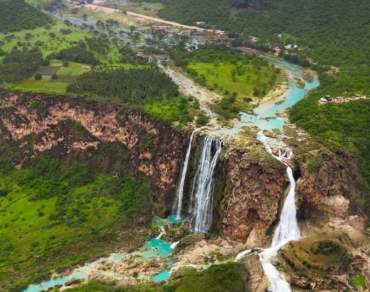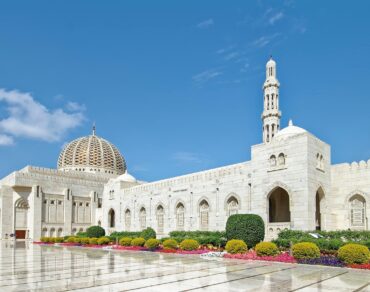
-
Oman Tour Packages > Blog > Understanding Nizwa Oman Weather: Tips for Every Season
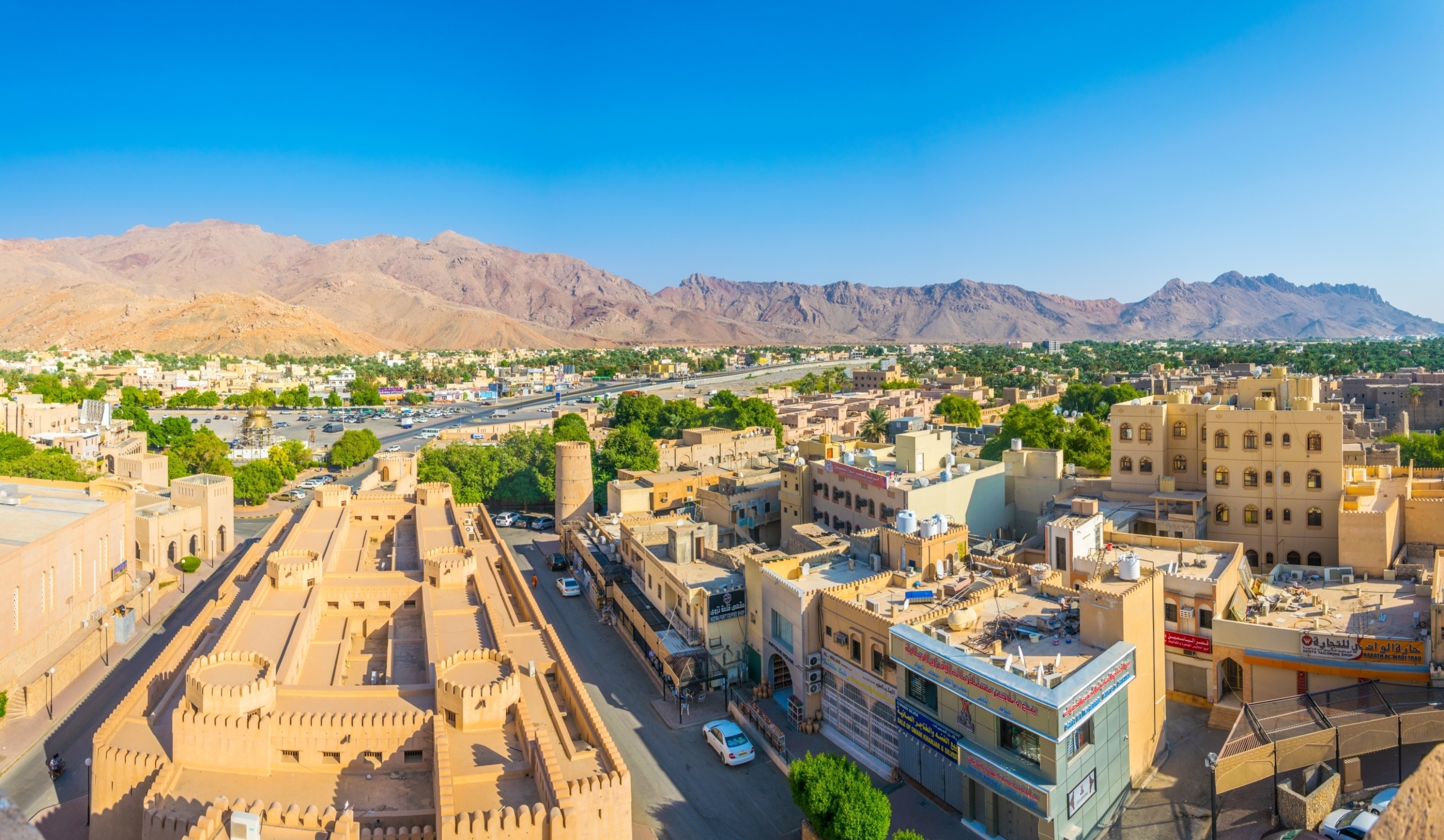
Understanding Nizwa Oman Weather: Tips for Every Season
Oman Nizwa’s weather patterns stand among the most distinctive in the Arabian Peninsula. The city sits in the heart of Oman. My detailed research and firsthand experience with Nizwa’s weather reveal patterns much more varied than most visitors expect.
Most travelers check Nizwa’s weather forecast just days before their trip. Their reactions upon arrival often show surprise. The city’s unique position at the foot of the Al Hajar Mountains creates a very different climate from coastal Omani cities. Weather conditions and temperatures can change dramatically throughout the year.
This detailed piece explores Nizwa’s seasonal patterns. You’ll learn the best time to visit and get practical tips to make the most of your stay, whatever the weather conditions.
Understanding Nizwa’s Unique Climate Patterns
Our research has found a deep connection between Nizwa’s weather patterns and its unique geographical position. The city lies surrounded by mountains on all sides, especially the Al Hajar range. These natural barriers shape the local climate in remarkable ways.
Geographic influences on Nizwa’s weather
The city’s location creates a subtropical desert climate (BWh) that sets it apart from coastal Omani regions. Regular monitoring shows the surrounding mountains serve as natural weather barriers that affect everything from wind patterns to precipitation levels.
Key climate characteristics by season
The weather report throughout the year reveals these distinct seasonal patterns:
- Summer (June-August): Temperatures soar to 37°C (98.6°F), with June being the hottest
- Winter (December-February): Pleasantly cool at 10-23°C (50-73.4°F)
- Spring/Fall: Transitional periods with moderate temperatures
- Rainfall: Minimal throughout the year, with higher precipitation in winter months
Impact of elevation on local weather
Nizwa’s elevation plays a significant role in its climate patterns. The city experiences notable temperature variations between day and night, especially during winter months. Research shows wind speeds increase in elevated areas that indicating speeds above 5 m/s in certain hill regions. These conditions make these areas suitable for wind energy generation.
The mountains create a “temperature buffer” that typically keeps temperatures 5-10 degrees lower than coastal regions. This effect becomes more noticeable during summer months, as the elevation helps moderate what could be even more extreme heat.
Seasonal Weather Guide for Visitors
Our team wants to share what visitors can expect in Nizwa throughout the year. Over the last several years, we have monitored local weather patterns and helped travelers plan their trips.
Winter (December-February): Cool and pleasant
Nizwa’s winter weather delights visitors and locals alike. Average temperatures hover around 19.4°C (66.9°F), making it perfect for outdoor adventures. January is the coldest month, but you’ll only need a light jacket in the evenings. The season’s unique feature is its humidity levels which peak in January at 19.03%.
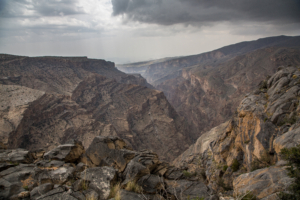
Summer (June-August): Managing the heat
Summer heat in Nizwa can be intense, and June tests your resilience. Average temperatures reach 35.5°C (95.8°F), and daily highs can climb to 41°C. Our experience shows that visitors should:
- Limit outdoor activities between 10 AM and 4 PM
- Carry plenty of water and wear sun protection
- Plan indoor activities during peak heat hours
- Choose lightweight, breathable clothing
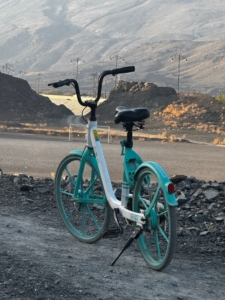
Spring and Fall: Transition seasons
March, April, October, and November are the sweet spots in Nizwa’s weather calendar. These months offer “goldilocks” conditions that most visitors love. Weather reports show comfortable days and pleasant evenings. March receives the highest rainfall at about 20mm, but it remains minimal compared to other destinations.
Clear skies and moderate temperatures make these transition seasons ideal for outdoor exploration. Photographers and sightseers will find perfect conditions to capture Nizwa’s beauty.

Best Times to Visit Nizwa
My years of tracking the Nizwa Oman weather patterns have taught me the best times to visit this historic city. Let me share what I’ve learned about the most favorable conditions based on my time here.
Peak tourist season weather conditions
The winter months from December to February bring our peak tourist season, and with good reason too. The temperatures stay pleasant at 11°C to 24°C. These months offer:
- The vibrant Nizwa Festival of Islamic Culture
- The best weather to explore forts and markets
- A bustling weekly livestock market
- Crystal clear skies that photographers love
Off-season advantages and challenges
Summer months (June-August) bring temperatures up to 40-42°C. The heat can be intense, but I’ve found that there are some hidden benefits:
| Off-Season Benefits | Challenges to Consider |
| Lower accommodation rates | Extreme daytime heat |
| Fewer tourists | Limited outdoor activities |
| Better bargaining power | Shorter attraction hours |
| More authentic local experiences | Need for careful planning |
Month-by-month weather breakdown
Regular monitoring of weather reports Nizwa Oman has helped me create this guide:
Winter (Dec-Feb): Perfect temperatures make outdoor exploration a joy. Spring (Mar-Apr): Pleasant mornings turn into warm afternoons. Summer (May-Aug): Heat dominates, so stick to indoor activities. Khareef (Sep-Nov): Temperatures cool down, making late afternoon activities enjoyable
The period between October and April offers comfortable temperatures that make exploring the fort, souks, and surrounding mountains a pleasure. December visits need early accommodation bookings since tourist numbers peak during this time.
Weather-Based Activity Planning
My years of tracking the Nizwa Oman weather have taught me a lot. Let me share a detailed activity guide that will help you plan your visit, whatever the weather throws at you.
Indoor activities for hot days
The mercury climbs above 40°C, and at the time that happens, the Oman Across Ages Museum becomes your best friend. The museum isn’t just educational – it has perfect air conditioning too. The Nizwa Grand Mall serves as another great escape from the heat. You’ll discover local boutiques and international brands under one roof. Fitness fans should check out the various centers and spas. These places are a great way to get some exercise and relaxation in cool comfort.
Outdoor exploration during cooler months
The pleasant season runs from October through April. Here’s our recommended schedule for outdoor activities:
| Time of Day | Best Activities | Weather Conditions |
| 6-9 AM | Mountain hiking | Cool, clear skies |
| 9-11 AM | Market visits | Mild temperatures |
| 4-6 PM | Photography tours | Golden hour light |

Weather considerations for fort visits
The right timing is a vital part of visiting Nizwa Fort. Our weather report Nizwa Oman tracking shows some important patterns:
- Your best bet is early morning visits (before 10 AM) for comfortable temperatures
- Don’t forget these must-haves:
-
- Water bottle (at least 1 liter)
-
- Sun protection (hat and sunscreen)
-
- Comfortable walking shoes
Summer brings intense heat, but the fort’s thick walls naturally keep things cooler inside. This makes exploring the interior much more pleasant. The outdoor ramparts are best avoided between 11 AM and 3 PM when the heat peaks. Camera buffs should note that the fort’s exterior looks stunning during the golden hours – early morning or late afternoon. The light is perfect then, and the weather plays nice too.
Conclusion
My extensive research about Oman Nizwa’s weather patterns has become valuable to anyone visiting this historic Omani city. The local climate presents unique challenges and opportunities. Summer months bring intense heat, while winter creates perfect conditions to explore the outdoors.
Nizwa’s location near the Al Hajar Mountains creates weather patterns that differ substantially from coastal areas. The city’s geographical position offers activities throughout the year, but timing matters. Visitors can enjoy fort visits and market exploration during the winter months from December to February. Summer activities need careful planning with a focus on indoor attractions.
The best time to visit spans from October to April, when comfortable temperatures and clear skies prevail. These conditions make it easy to photograph the fort, browse the souks, and hike the surrounding mountains. Note that Nizwa’s rich cultural heritage and modern amenities create memorable experiences year-round, regardless of the weather challenges. Unlock the magic of Nizwa, your dream adventure is just one click away. Book Now!
Related Tours
Related Tours
Test2
© 2025 Oman Tour Packages. All rights reserved.
